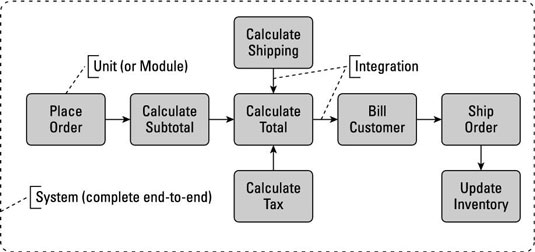Capability model in Business Analysis
Let us first under what is the meaning of capability.
Capability:
the power or ability to do something. i.e. "he had an intuitive capability of bringing the best out in people"
But when it comes to Capability in Business Analysis it gets related to business rater than an individual who is adding an effort.
Business capability mapping depicts what a business does to reach its strategic objectives (its capabilities), rather than how it does it (its business processes). Business capabilities are the connection between the business strategy and business execution.
According to BABOK Business Capability Analysis is Used to prioritize capability gaps in relation to value and risk
Business Capability Analysis is about evaluating the capabilities – A Capabilities is “What a business does and can do” – in the strategic and operational contexts. Business Analysis, on the other hand, is about understanding and analyzing the business context as a part of process re-engineering or IT enablement project. While business capabilities analysis and business analysis are two separate disciplines, there is synergy and commonality in some of the steps and the desired outcomes.

Example of a two-level Business Capability model of a multinational production company

Feel free to comment your reviews and ideas.
Let us first under what is the meaning of capability.
Capability:
the power or ability to do something. i.e. "he had an intuitive capability of bringing the best out in people"
But when it comes to Capability in Business Analysis it gets related to business rater than an individual who is adding an effort.
Business capability mapping depicts what a business does to reach its strategic objectives (its capabilities), rather than how it does it (its business processes). Business capabilities are the connection between the business strategy and business execution.
According to BABOK Business Capability Analysis is Used to prioritize capability gaps in relation to value and risk
Business Capability Analysis is about evaluating the capabilities – A Capabilities is “What a business does and can do” – in the strategic and operational contexts. Business Analysis, on the other hand, is about understanding and analyzing the business context as a part of process re-engineering or IT enablement project. While business capabilities analysis and business analysis are two separate disciplines, there is synergy and commonality in some of the steps and the desired outcomes.

- Understand the needs:
If the team does not know where the business is heading, it is impossible to make supporting decisions. Therefore, it is a good start to review your projects strategy and goal documents or even better involve people that define the strategy, like the strategy or previous internal stakeholders. - Define your Business Capabilities:
Think about the major Capabilities that your business needs to operate. On the initial level, there should be only a few critical ones. One can build them by thinking both from top-down (what does the company want to achieve from this project) and from bottom-up (what organization, processes and people are in place). - Assess your Capabilities:
“Not all Business Capabilities are equal in terms of value for the customer and financial impact.” Not all Capabilities are of equal importance. Assess Capabilities according to defined criteria as a basis for later analysis and planning. - Risk Assessment:
Application of any new feature has some risk associated with it. It can be a project risk or an organization level risk. Risk can be like a product failure or an integration failure which occurred because of new feature.
Example of a two-level Business Capability model of a multinational production company

Feel free to comment your reviews and ideas.



the information you have updated is very good and useful, please update further.
ReplyDeleteif you require any info regarding TAX & GSTR please visit
Tax consultants in Bangalore|
GST consultants in Bangalore|
Company registration in Bangalore|
Company name registration in Bangalore|
how to register a startup company in Bangalore
company registration cost Bangalore|
company registration online Bangalore|
pvt ltd company registration fees Bangalore|
pvt ltd registration Bangalore|
new company registration Bangalore
Our mission is to 'transform Learners into Action takers'. IB Business Management is the online educational publisher and mentoring service provider. We provide a comprehensive range of support resources and services to facilitators, students, parents and educational institutions who follow International Baccalaureate (IB) and Cambridge IGCSE and A-Level programmers.
ReplyDelete